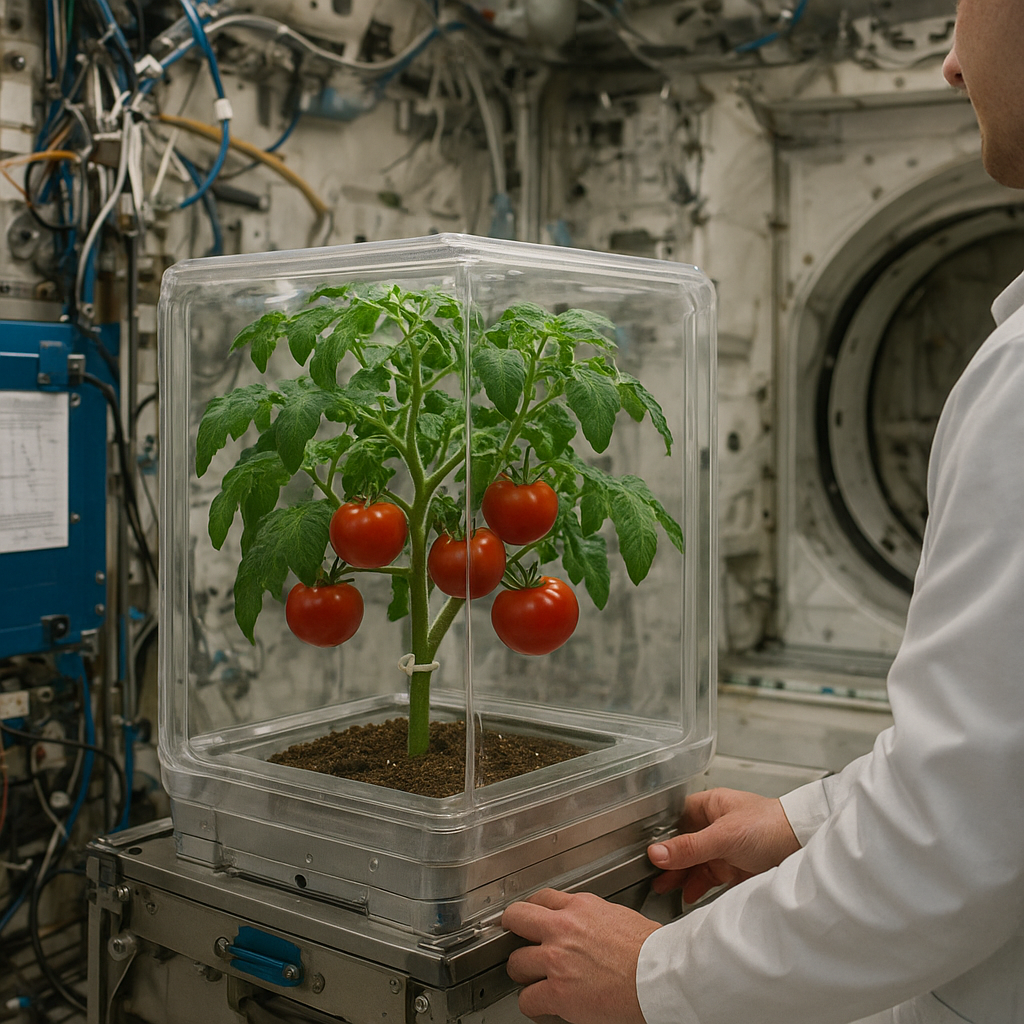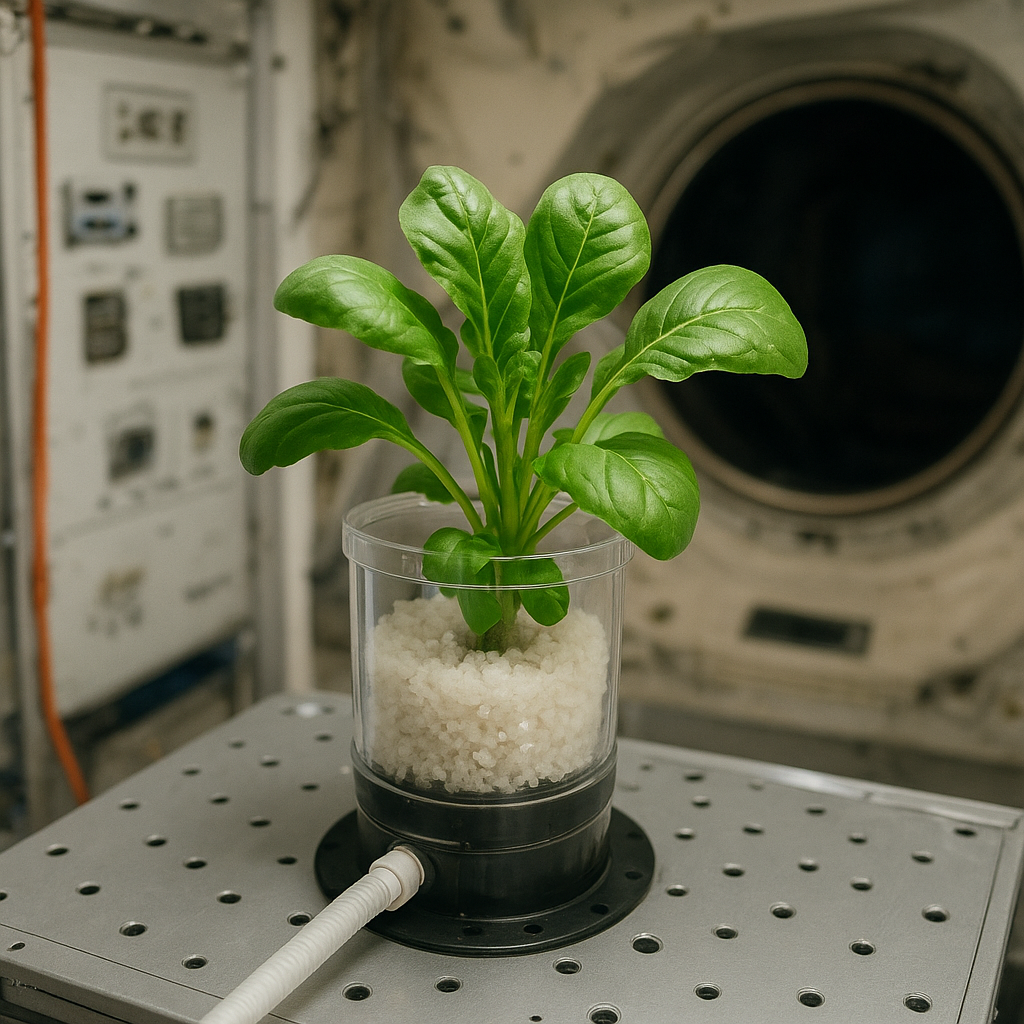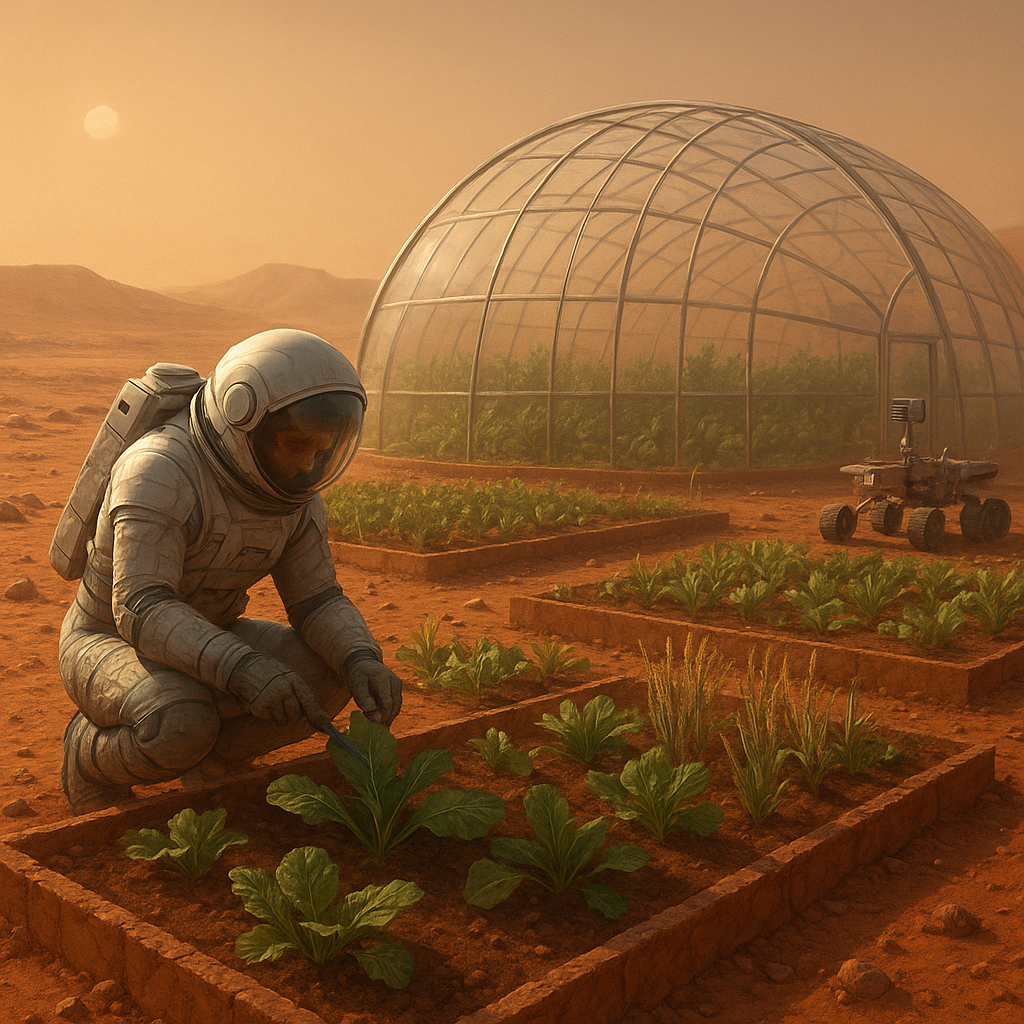The integration of satellite technology into agriculture is revolutionizing the way we approach farming, offering innovative solutions to age-old challenges. As the global population continues to rise, the demand for food increases, necessitating more efficient and sustainable farming practices. Satellite technology provides farmers with the tools they need to optimize crop yields, manage resources effectively, and respond to environmental changes. This article explores the various applications of satellite technology in agriculture and its potential to shape the future of farming.
Understanding Satellite Technology in Agriculture
Satellite technology encompasses a range of tools and systems that utilize satellites orbiting the Earth to collect data and provide insights. In agriculture, this technology is primarily used for monitoring crop health, soil conditions, and weather patterns. By leveraging satellite imagery and data analytics, farmers can make informed decisions that enhance productivity and sustainability.
Types of Satellite Technology Used in Agriculture
- Remote Sensing: This involves the use of satellite imagery to assess crop health, soil moisture, and nutrient levels. Remote sensing allows farmers to identify areas that require attention, enabling targeted interventions.
- Global Positioning System (GPS): GPS technology aids in precision farming by providing accurate location data. Farmers can use GPS to optimize planting patterns, track equipment, and manage field variability.
- Geographic Information Systems (GIS): GIS integrates satellite data with other information sources to create detailed maps and models. This helps farmers analyze spatial data and make strategic decisions regarding land use and resource allocation.
Benefits of Satellite Technology in Farming
The adoption of satellite technology in agriculture offers numerous benefits that can significantly impact farming practices:
- Increased Efficiency: By providing real-time data on crop conditions and environmental factors, satellite technology enables farmers to optimize their operations, reducing waste and increasing productivity.
- Improved Crop Management: Farmers can monitor crop health and growth patterns, allowing for timely interventions such as irrigation, fertilization, and pest control.
- Resource Conservation: Satellite data helps farmers manage water usage and soil health more effectively, promoting sustainable practices that conserve resources.
- Enhanced Decision-Making: Access to accurate and timely information empowers farmers to make informed decisions, leading to better outcomes and increased profitability.
The Future of Farming with Satellite Technology
As technology continues to advance, the role of satellites in agriculture is expected to expand further. Innovations in data analytics, artificial intelligence, and machine learning will enhance the capabilities of satellite systems, providing even more precise and actionable insights for farmers.
Emerging Trends in Satellite Agriculture
- Integration with IoT: The Internet of Things (IoT) is set to play a crucial role in the future of agriculture. By connecting satellite data with IoT devices, farmers can create a comprehensive monitoring system that tracks various parameters in real-time.
- Automation and Robotics: The combination of satellite technology with automated systems and drones will enable farmers to perform tasks such as planting, monitoring, and harvesting with greater efficiency and accuracy.
- Climate Resilience: As climate change poses significant challenges to agriculture, satellite technology will be essential in developing strategies for climate adaptation. By monitoring weather patterns and environmental changes, farmers can better prepare for and respond to climate-related risks.
Challenges and Considerations
Despite the numerous advantages of satellite technology in agriculture, there are challenges that need to be addressed:
- Cost of Implementation: The initial investment in satellite technology can be high, which may deter some farmers, particularly those operating on a smaller scale.
- Data Management: The vast amount of data generated by satellite systems requires effective management and analysis. Farmers need access to tools and expertise to interpret this data meaningfully.
- Connectivity Issues: In rural areas, internet connectivity can be a barrier to accessing satellite data and services, limiting the benefits of this technology.
Conclusion
The role of satellite technology in future farming is poised to be transformative, offering solutions that enhance efficiency, sustainability, and productivity. As farmers increasingly adopt these technologies, the agricultural landscape will evolve, enabling a more resilient and responsive food system. By addressing the challenges associated with implementation and data management, the agricultural sector can fully harness the potential of satellite technology, paving the way for a new era of farming that meets the demands of a growing global population.




